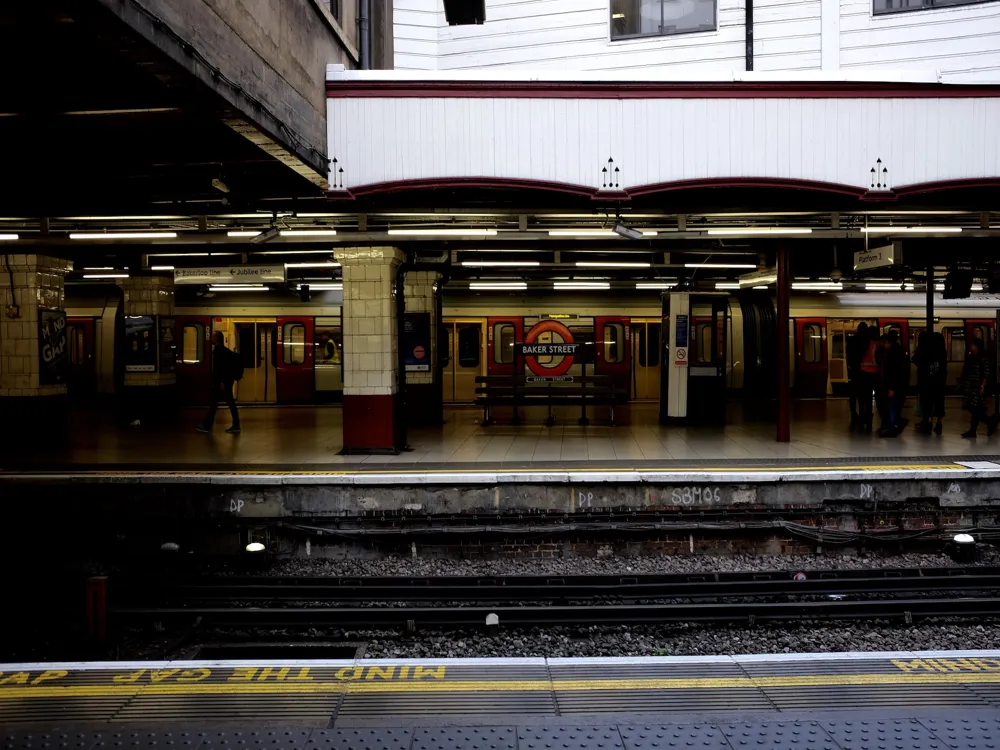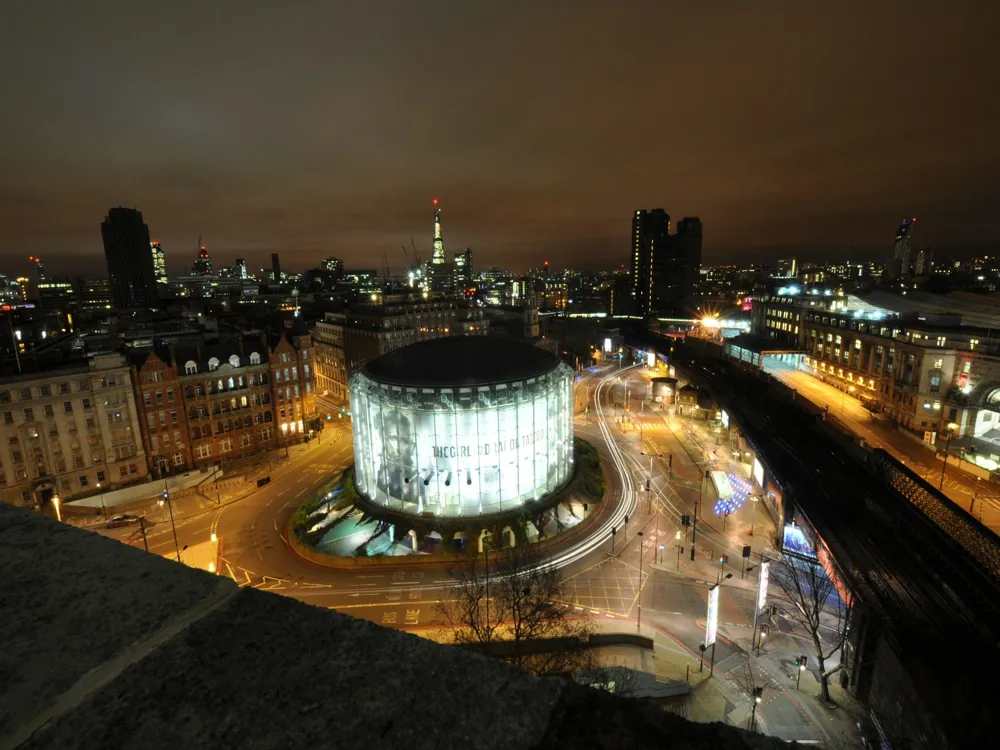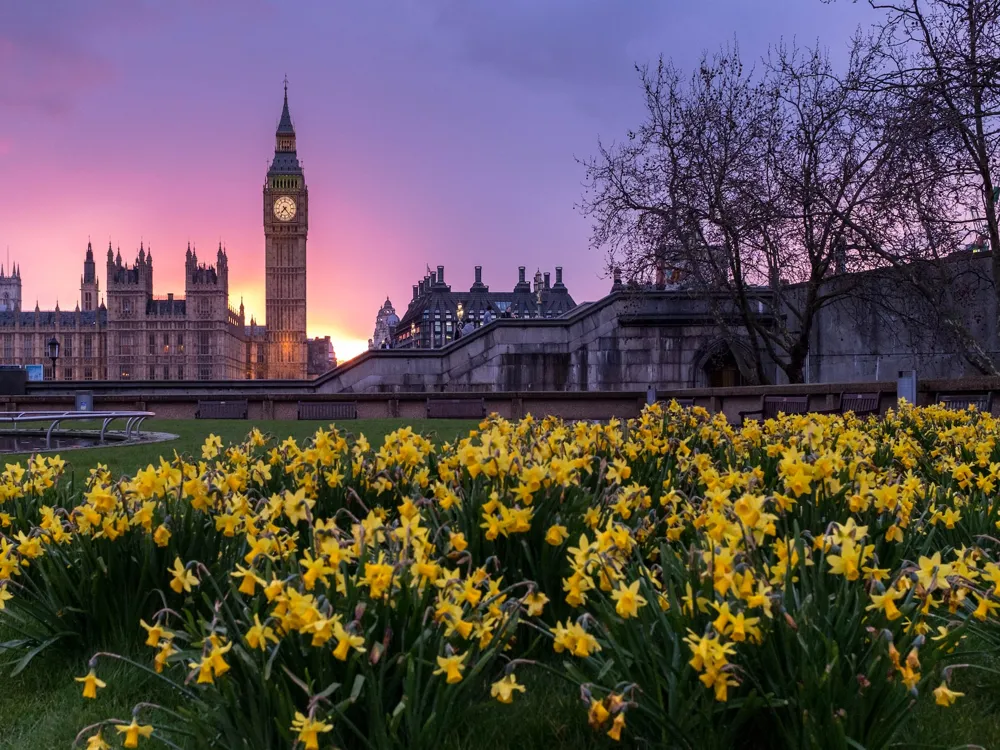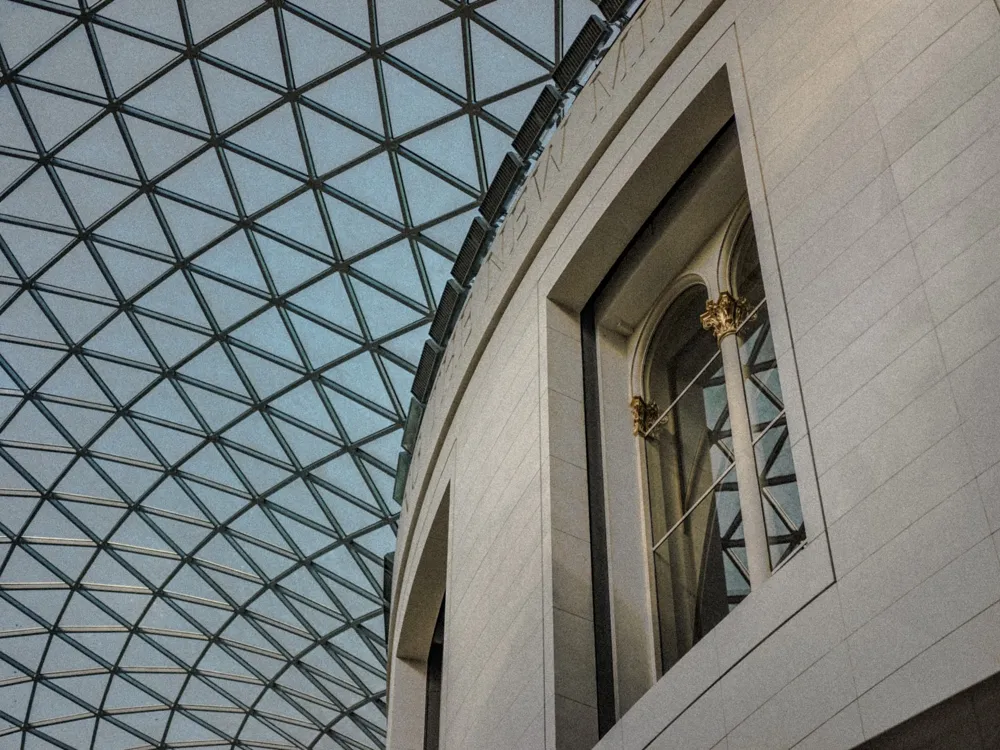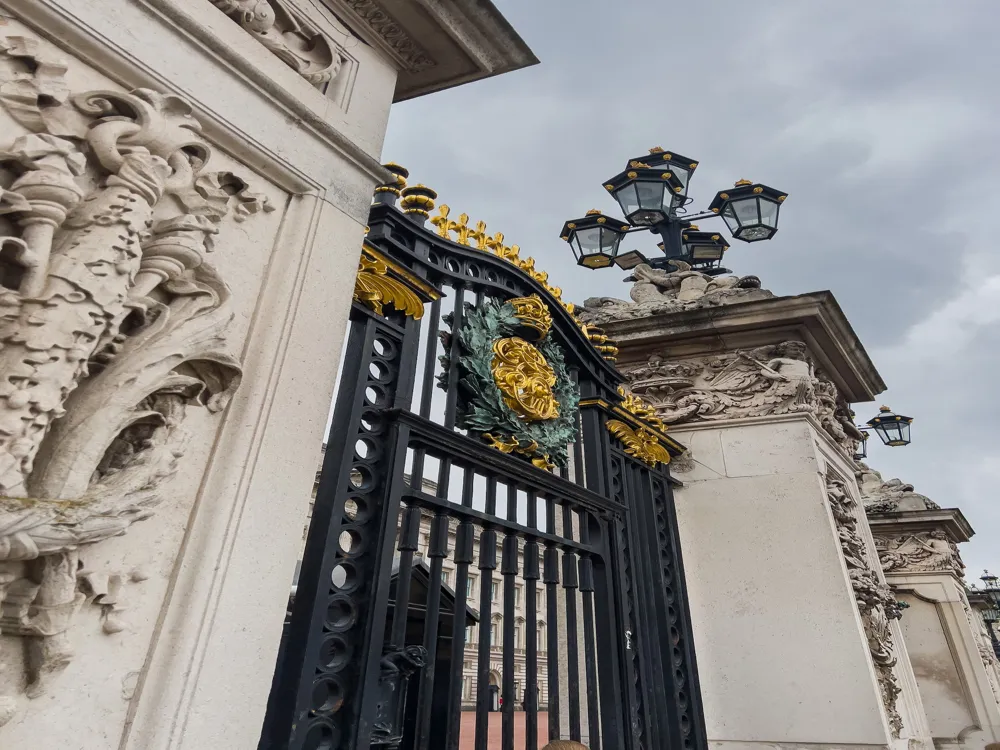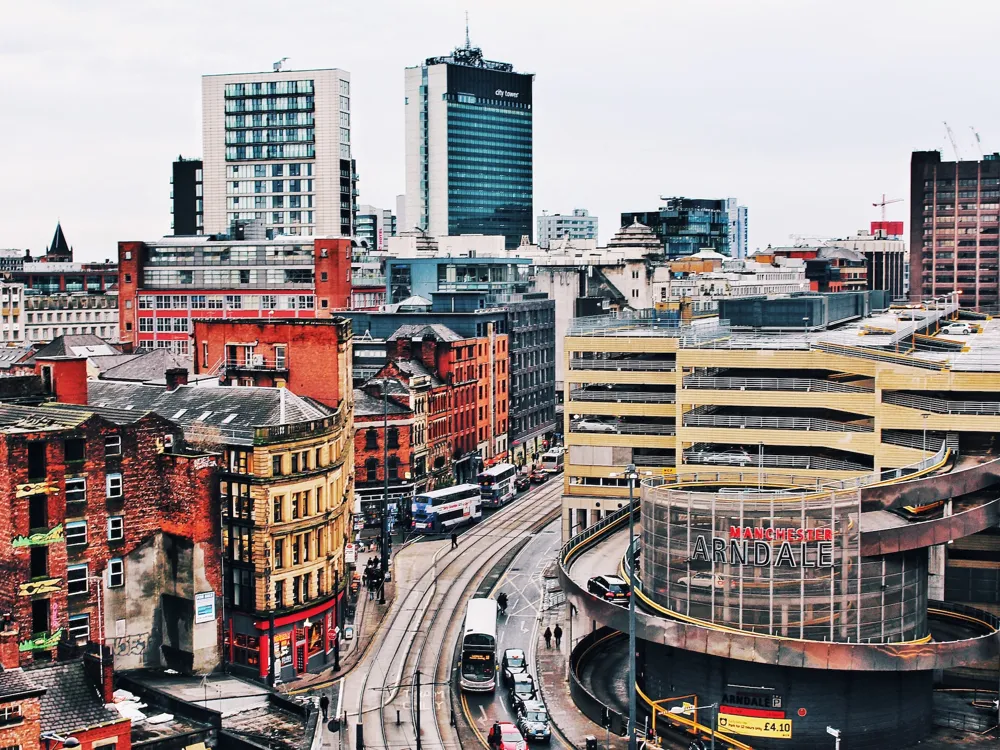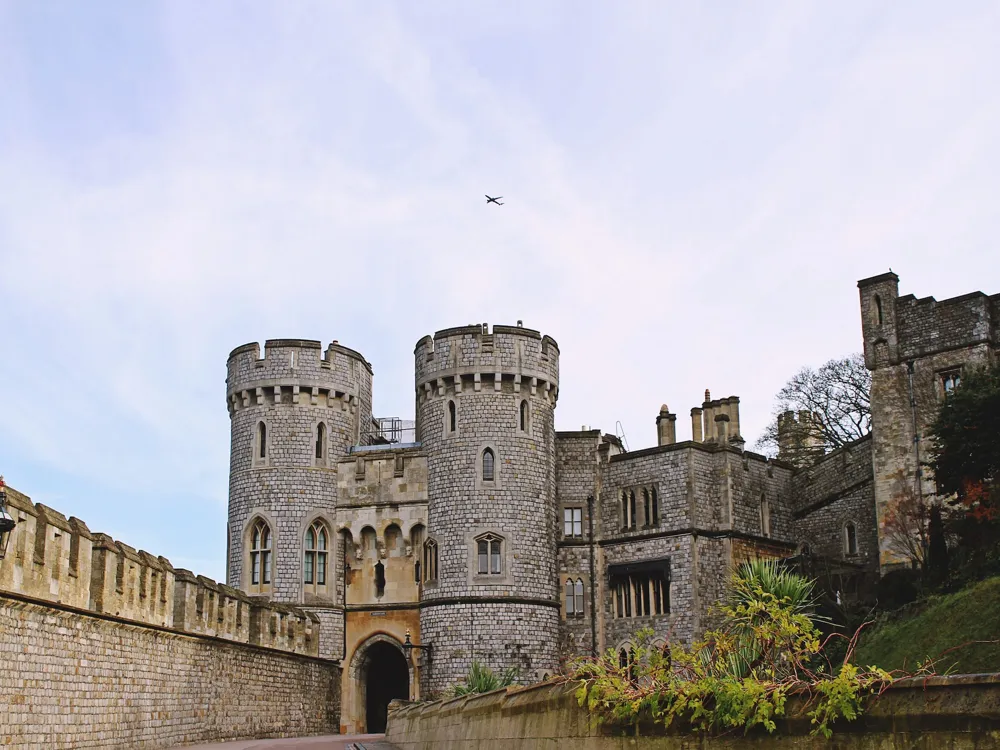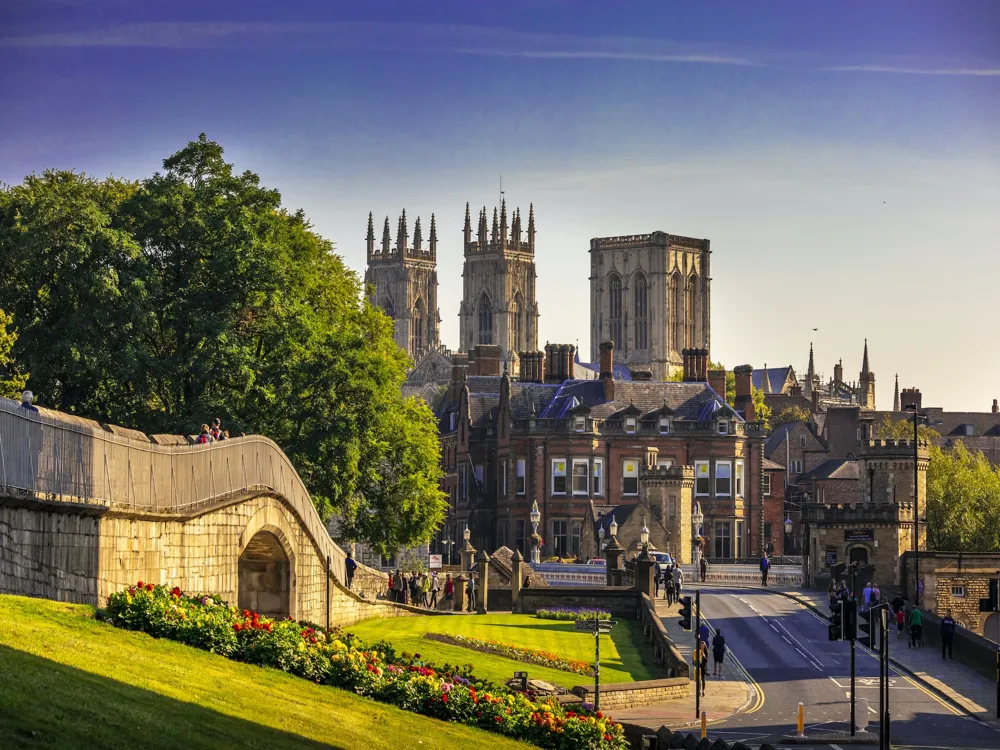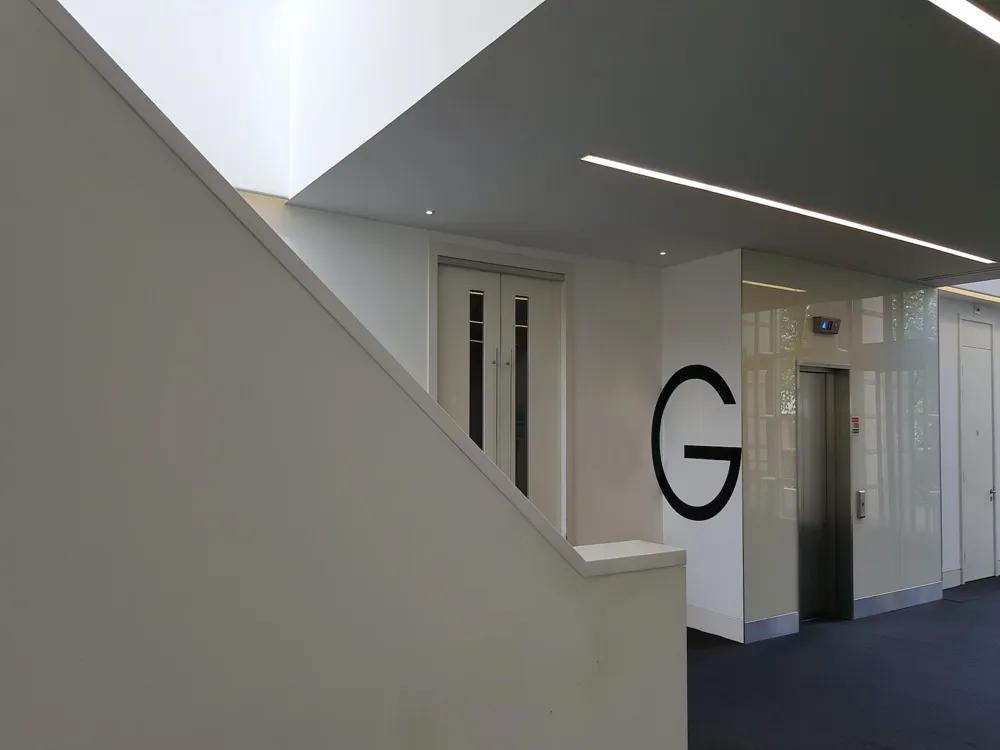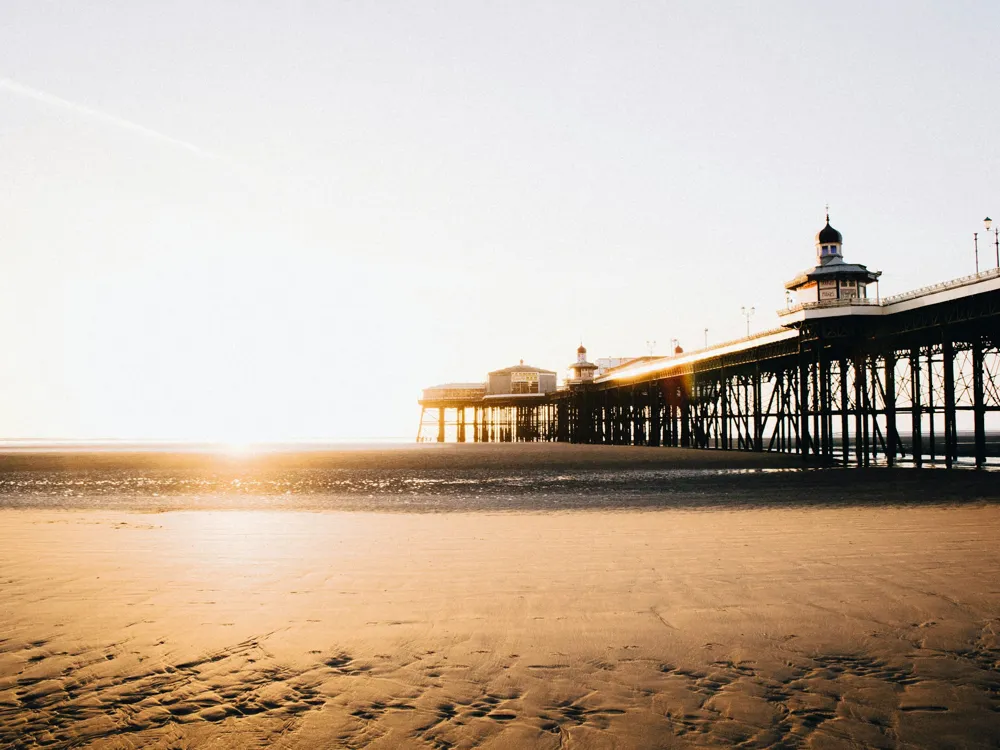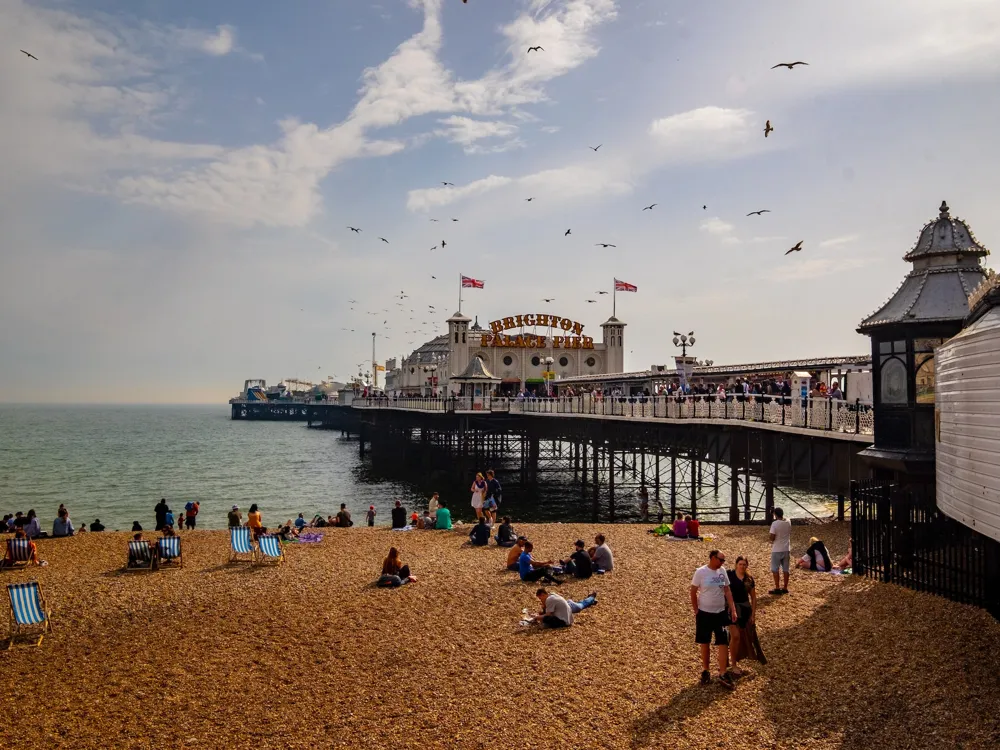Westminster Abbey, a historical and architectural marvel, stands as a symbol of British history and spirituality. Located in the heart of London, this Gothic abbey has been an integral part of British history for over a thousand years. It has been the coronation church since 1066 and is the final resting place for seventeen monarchs. The Abbey has witnessed numerous royal weddings, funerals, and national events, making it a site of great significance for the United Kingdom. The origins of Westminster Abbey can be traced back to the 10th century when a group of Benedictine monks came to this site. The current building, however, owes much of its design to King Henry III, who in the 13th century decided to rebuild the Abbey in the popular Gothic style of the era. This architectural choice not only marked a significant shift in the design aesthetics of that time but also set a precedent for church architecture in England. Over the centuries, the Abbey has been expanded and modified, reflecting various architectural styles and periods, yet maintaining its Gothic essence. The Abbey is not only a place of worship but also a treasure trove of art and history. It houses some of the most important religious and cultural artifacts in the UK, including the oldest door in Britain, dating back to the 1050s. The intricate stained glass windows, the stone and wood carvings, the magnificent paintings, and the ornate tombs all contribute to the Abbey's breathtaking interior. Westminster Abbey has been a UNESCO World Heritage Site since 1987, attracting millions of visitors from around the globe. Its role in British history is unparalleled, having been the site of every coronation since 1066, except two, and numerous other royal occasions. The Abbey is not just a symbol of the past, but a living, working church that continues to play a vital role in British national life. The architecture of Westminster Abbey is a splendid example of the evolution of English Gothic style. The Abbey's design reflects a blend of various Gothic elements, from Early English Gothic to Perpendicular Gothic, making it an architectural textbook for students and enthusiasts alike. The structure has evolved over centuries, with each addition and modification reflecting the artistic and religious sensibilities of the time. The early structure of the Abbey, established by Benedictine monks, was predominantly Romanesque in style. However, the decision by King Henry III to rebuild the Abbey in the 13th century marked the beginning of its transformation into a Gothic masterpiece. The nave, the choir, and the transepts, with their pointed arches, ribbed vaulting, and flying buttresses, are exemplary of the Gothic style. These elements not only added to the aesthetic beauty of the Abbey but also served practical purposes, supporting the structure's height and weight. One of the most striking features of Westminster Abbey is its soaring vaults. The intricate ribbed vaulting, particularly in the choir and the Lady Chapel, is considered some of the finest in England. The fan vaulting in the Henry VII Chapel, a later addition, is a testament to the architectural innovations of the Perpendicular Gothic period. The Abbey's façade is equally impressive, with its detailed stone carvings, statues of saints, and the magnificent Great West Door. The two towers at the western end of the Abbey, completed in the 18th century, add to the grandeur of the structure. The blend of different Gothic elements over various periods has given Westminster Abbey a unique architectural identity, making it a significant historical and architectural landmark. The interior of the Abbey is equally captivating. The nave, with its elevated ceiling, creates a sense of awe and grandeur. The stained glass windows, some dating back to the 13th century, fill the space with ethereal light and color. The numerous chapels within the Abbey, each with their own architectural and historical significance, offer a glimpse into the religious and artistic evolution of England. The Poets' Corner, the burial place of several famous British writers, is a testament to the Abbey's cultural significance. In summary, the architecture of Westminster Abbey is not just a representation of the Gothic style but a narrative of the architectural, religious, and cultural journey of England. Its walls, windows, and vaults tell stories of a bygone era, making it an essential pilgrimage for those interested in architecture and history. Before visiting Westminster Abbey, it's important to plan your trip. Check the opening times as they can vary, especially during religious services and special events. It's advisable to visit their official website for the latest information and to book tickets in advance to avoid long queues. As a place of worship, visitors are expected to dress respectfully. Avoid wearing hats inside the Abbey and consider wearing modest clothing. Comfortable walking shoes are recommended as you will be on your feet for most of the visit. Photography is not allowed inside the Abbey, so be prepared to store your camera or phone away during your visit. This is to maintain the sanctity of the space and to protect the integrity of the art and monuments inside. Consider taking a guided tour or using an audio guide to enhance your experience. The guides are knowledgeable and can provide insights into the Abbey's history, architecture, and the significance of various artifacts and monuments. Westminster Abbey is a working church, and there may be religious services or events happening during your visit. Be respectful of these occasions, and be aware that access to certain areas might be restricted. The Abbey often hosts special exhibits and events that can enrich your visit. Check their website or inquire at the entrance for any ongoing or upcoming special exhibits. Westminster Abbey is located in the heart of London and is easily accessible by various modes of transportation. The nearest underground station is Westminster, served by the Jubilee, District, and Circle lines. St. James's Park station is also nearby. For those preferring buses, numerous routes pass close to the Abbey. If you're driving, be aware that parking in the area is limited and expensive, and the Abbey is within the congestion charging zone. Alternatively, consider using London's bike-sharing scheme or even walking if you're staying in central London.Overview of Westminster Abbey
Architecture of Westminster Abbey
Tips When Visiting Westminster Abbey
Plan Your Visit
Dress Appropriately
Photography Restrictions
Explore With a Guide
Be Mindful of Services and Events
Check for Special Exhibits
How To Reach Westminster Abbey
Westminster Abbey
London
₹ 22,500 onwards
View london Packages
Weather :
Tags : Church & Cathedral
Timings : Monday, Tuesday, Thursday, Friday: 9:30 AM - 3:30 PM,
Wednesday: 9:30 AM - 6:00 PM,
Saturday: 9:30 AM - 1:30 PM
Entry Fee : Adult - GBP 27
18 Y+ and Seniors: GBP 24
6 - 17 Y: GBP 12
Families: GBP 27
Planning a Trip? Ask Your Question
London Travel Packages
View All Packages For London
Top Hotel Collections for London

Private Pool

Luxury Hotels

5-Star Hotels

Pet Friendly
Top Hotels Near London
Other Top Ranking Places In London
View All Places To Visit In london
View london Packages
Weather :
Tags : Church & Cathedral
Timings : Monday, Tuesday, Thursday, Friday: 9:30 AM - 3:30 PM,
Wednesday: 9:30 AM - 6:00 PM,
Saturday: 9:30 AM - 1:30 PM
Entry Fee : Adult - GBP 27
18 Y+ and Seniors: GBP 24
6 - 17 Y: GBP 12
Families: GBP 27
Planning a Trip? Ask Your Question
London Travel Packages
View All Packages For London
Top Hotel Collections for London

Private Pool

Luxury Hotels

5-Star Hotels

Pet Friendly







